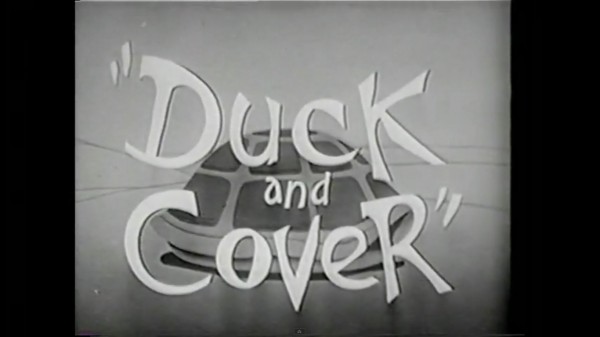With the International Conference approaching on the Humanitarian Impact of Nuclear Weapons, hosted by the Norwegian Ministry of Foreign Affairs on March 4-5, NGOs are building up to make sure that participants come away with no doubt that these weapons must be banned and take immediate steps to abolish them. John Loretz from International Physicians for the Prevention of Nuclear War writes about the bizarre release of an advisory statement published in the Indian region of Jammu and Kashmir, right in the centre of the India-Pakistan conflict which has led both countries to develop nuclear weapons. Pressenza reported on that statement earlier in the week. John’s blog is republished from the original source here with his permission.
India now has its own T. K. Jones, although we may never know the name of the actual person in the Jammu and Kashmir Civil Defence and State Disaster Response Force who wrote an advisory on what to do in the event of a nuclear attack that was published in the Greater Kashmir newspaper this week.
Jones, for those who didn’t get as far as the Cold War in high school history, was a Deputy Under Secretary of Defense in the Reagan administration, who preached that nuclear war would not be as bad as people thought. (He was right. Most people, then as now, had no idea how bad it would really be.) His infamous line — “If there are enough shovels to go around, everybody’s going to make it” — was adapted by journalist Robert Scheer for the title of a book debunking nuclear civil defense. [1]
T. K. Jones played only a small part in the civil defense cottage industry that churned out bucketloads (or should I say shovelsful) of misinformation and false assurances beginning in the 1950s. Fallout shelter designs and supplies, Geiger counters, and air raid drills were part of the common experience of growing up for an entire generation or three. A series of “educational” films offered instructions on how to behave in the event of a nuclear attack. The most iconic and ridiculous of these was Duck and Cover, with Bert the Turtle, which did little more than create a generation with persistent neck and back problems. You can watch it on YouTube.
So new tickets for seats on the counterfeit ark (the title of the definitive 80s-era book on the subject edited by Jennifer Leaning [2]) are now being sold by the Jammu and Kashmir police department. Our Indian affiliate assures me that no one is taking this advisory seriously, and that it did not come out of the national government. Nonetheless, here’s what people in one of the most beautiful places on Earth were advised to do in order to prepare for a nuclear attack, or should they be somewhere nearby when a bomb goes off:
“People should construct basements where the whole family can stay for a fortnight,” stock it with non-perishable food items and water, and “construct toilet facilities at the basement, store ample candles and battery lights, remove stock of flammables, if any, keep battery-operated miniature transistor, TV sets in the basement to listen instructions being announced by the civil defense authorities.”
Anyone caught in the open (perhaps trying to find a transistor radio buried under a local mountain of discarded 8-track players) should “immediately drop to ground and remain in lying position.” They should then cover their eyes and face with their hands and plug their ears with their fingers to prevent ruptured ear drums. (Try this. It’s like playing Twister with your head.)
“Stay down after the initial shock wave,” the advisory continues, “wait for the winds to die down and debris to stop falling. If blast wave does not arrive within five seconds of the flash you were far enough from the ground zero and initial radiation exposure will not exceed 150 rads.” If the blast wave does arrive within five seconds…well, at least you’re lying down.
There’s more, because if you’re still alive, you might be wondering what to do next. “Stay calm,” of course, and don’t get up until the debris stops falling and the wind dies down. All those burns, cuts, and bruises are no worse than something you might get from being tossed around during an eight or nine point earthquake. Oh, right, the fireball: “Dazzle is temporary and vision should return in few seconds.” And that radiation you may have heard about? Not to worry: “The chance of being exposed to lethal dose of radiation is relatively small unless located in an early fallout area.”
Needless to say, a few things in your immediate surroundings will look a little different: “Expect some initial disorientation as the blast wave may blow down and carry away many prominent and familiar features. Beware of weakened structures and trees from collapsing (sic).”
I trust Arun Mitra’s judgment about this—that it’s much ado about nothing—and yet the echoes of the US in the 1950s make me wonder if possession of nuclear weapons causes not only delusions of grandeur, but also a pre-packaged set of hallucinations.
1. Robert Scheer. With enough shovels: Reagan, Bush and nuclear war. New York: Random House. 1983.
2. Jennifer Leaning, Langley Carleton Keyes. The counterfeit ark: crisis relocation for nuclear war. Cambridge, Mass: Ballinger. 1984.






